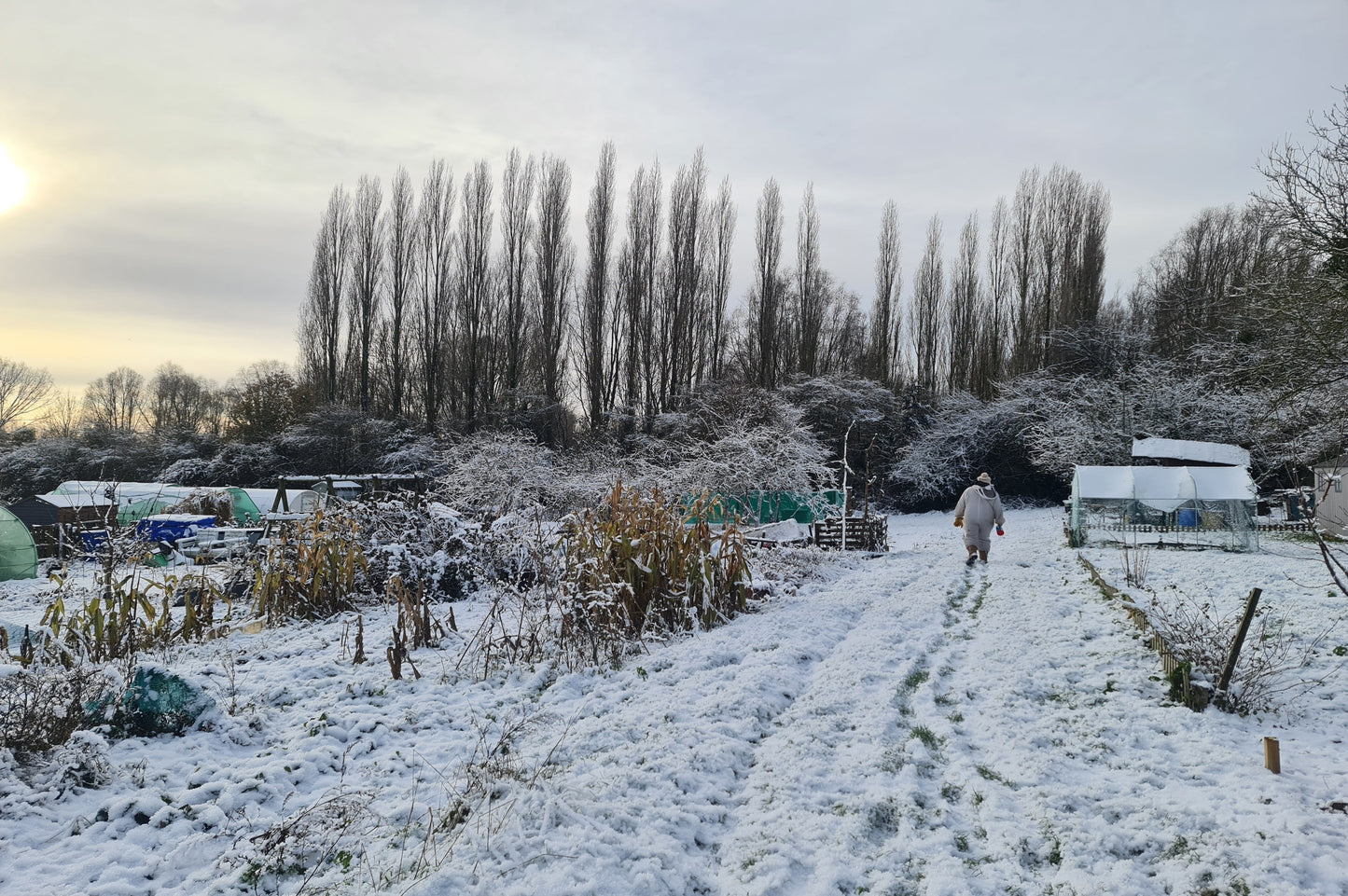
How Bees make Honey
A brief glimpse into the amazing life and work of honey bees
Spring
Early pollen and nectar provide crucial nutrition for the bees to build up after Winter. The presence of pollen in the hive encourages the queen to begin laying eggs for the new season. That is her sole purpose in the hive.
Summer Days
The pinnacle of a honey bee’s short life, (around six weeks in Summer,) is when they are able to fly out in the sunshine as a foraging bee. These are the bees you see and hear on the flowers in your garden.
Before the bees reach this exalted position each of them will have
worked at each task in the hive. Read on to learn their roles.
Foraging Bees
The ‘foraging bees’ collect nectar and pollen from the flowers (unknowingly and efficiently pollinating the flowers as they do this). They fly back to the hive with the nectar and pollen.
Guard Bees
‘Guard bees’ at the hive entrance check they are not intruders. In the hive, the ‘foraging bees’ pass their load to the ‘chef bees’ and head back out to collect more.
Chef and Air Conditioner Bees
The ‘chef bees’ suck the nectar into their honey sacs, minerals are absorbed into the nectar. The bees then expose small amounts to the air to reduce moisture.
Next, the ‘chef bees’ deposit the nectar in a cell that has been built by the ‘wax builder bees’. Many bees work on this process until the cell is full.
‘Air conditioner’ bees rapidly be at their wings over the cells to create further moisture evaporation. In the meantime, ‘nurse bees’ are tending the‘ baby bee larvae’, whilst ‘housekeeping bees’ are keeping everything clean and in order.
Royal Attendant Bees
‘Royal attendant bees’ feed and groom the Queen Bee to enable her to do her job – laying eggs all Summer long.

Autumn
Work is done! The honey is ripe and cells sealed ready for Winter.

Winter
Time for well earned rest days. The bees cluster in the hive for warmth. Minimal housekeeping and occasional cleansing flights outside on mild days (taking care to hurry back to the hive before it gets too cold to fly!) Wait for Spring sunshine!
Where do beekeepers go in the Winter?
After intense beekeeping practice during Spring and Summer, Winter presents a different kind of busy for the beekeeper
























